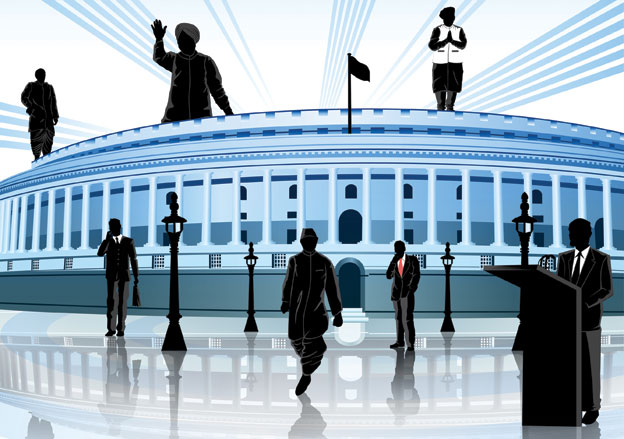
Yet again, politicians come across like doctors’ enemies
Instance 1
At a rally during the recent UP election campaign, the PM, Narendra Modi became vocal about how his government has massively slashed the prices of stents. According to him, the decision would help the poor with heart ailments a lot. The stents which were earlier sold at Re. 45,000 now come at just Re.8,000. He even asked why the previous government failed to do the price revision.
There’s no doubt that the price cut would come as good news to many people, but the truth of the matter was that the PM wasn’t being forthcoming with all the facts. The present government hasn’t put stents on the essential medicines list. In fact, the government seemed to have put off the slashing of the stent prices for as long as they could. But the Delhi High Court issued a March 1, 2017 deadline, leaving the government no other option but to slash the prices.
It was later found that the real reason for the price cut was the sustained efforts of a lawyer-Birender Sangwan who has been working towards this end since 2014.
Instance 2
Fast forward a few days and you find the union minister of women and child development, Maneka Gandhi saying that doctors conduct frequent unwanted C-section deliveries, even going ahead and calling it a ‘racket.’
Doctors from different parts of the country have come out strongly against the remarks from the union minister. They point out that the remarks of the nature only contributes in deepening the mistrust between patients and doctors. They also said that it could result in a surgery being refused even if it’s required. The minister allegedly suggested that it should be made mandatory for hospitals to display publicly the number of normal deliveries as opposed to C-section deliveries they perform.
However, doctors are of the firm opinion that any such move made by the government would only adversely affect their medical practice.
Instance 3
At about the same time, in West Bengal, the Chief Minister, Mamata Banerjee was busy accusing private hospitals and nursing homes of inflating bills and ‘medical negligence.’
She went ahead and announced that a health regulatory commission would screen the billing as well as performance of the clinical establishments. She said that often, the hospitals recommend unnecessary tests and also refuse to release patients’ treatment records. She accused them of holding back the dead bodies until the bills are paid.
What they have in common
What these three instances have in common is that all of them are occasions in which a politician did something to undermine the already shaky trust which the public has with the Indian medical establishment.
To begin with India- or rather, a large population in the country still has a deep seated suspicion towards “modern” medicine. Then, there is also the matter of the media sensationalizing news pieces, under-reporting the overall picture in the Indian healthcare sector which is made of over-worked health workers and under-staffed hospitals.
Given such a scenario, and seeing how much a good rapport between the medical community and the patients is better for the nation, it’s the politicians’ duty to present to the public the true picture of what’s happening in the healthcare sector- instead of generalizing about ‘overbilling’ and ‘negligence’ they should be involved more in providing those who practice the profession a better environment to work in.
Instead of that, for some reason, the politicians come across as the doctor’s enemy.
Image credits: siliconeer.com